The best brands are built on a strong foundation of customer trust and mutually beneficial engagement. A prime way of reaching this crossroad is with customer engagement marketing and customer engagement strategies.
Customer engagement, as part of a strong ecommerce marketing plan, can come in many forms, from contests on social media to openly addressing customer feedback. It’s a more organic style of marketing—as opposed to paid advertisements—that thrives from word of mouth, building loyal customer relationships that make your company or brand synonymous with positivity.
To explain what customer engagement marketing is, you first need to understand what customer engagement provides for a business. It creates a beneficial customer experience whereby the consumer is loyal to and engages with a brand.
Various methods create this experience, forming the foundation of customer engagement.
But great customer engagement isn’t just centered around creating feel-good experiences. At its heart is addressing customer pain points.
Resolving Customer Pain Points
You may be thinking, “What are customer pain points?” Simply put, they are the problems your customers may be experiencing that you should strive to resolve. This includes prematurely solving them before they actually become problems.
Streamlining your customer experience will resolve pain points before you know it. From advertising to the point of purchase, and even to re-targeting customers, ensure your customer can get from points A to B with little to no resistance.
Generally speaking, there are four primary pain points:
- Financial pain points: Are your customers overspending elsewhere? You should aim to offer better value, lower prices, or greater deals on products or services.
- Productivity pain points: Are your customers spending too much time during the customer experience on other websites? Build an easy-to-navigate website. .
- Process pain points: Can your customers easily make use of your user applications? Strive for non-complicated profile and account systems, as well as tools like live chat and intuitive user interface (UI), such as interactive toolbars.
- Support pain points: Can you cater to all of your audience? Provide different language options, methods of contacting you, and ways to help if they get halted at any point of the customer journey.
Identifying these pain points and how they affect your customers is vital. You can opt to be more formal, such as conducting customer and sales research, or rely on more casual feedback. Requesting testimonials or talking to customers directly garners more precise feedback for addressing their pain points and improving your customer experience.
However, remember that when considering this feedback for improving your customer engagement strategies, no two customer pain points are the same. When contemplating these pain points, think about the following:
- Optimizing productivity: How can you help customers use their time as efficiently as possible? Removing the amount of clicks and pages it takes to reach the customer’s ultimate destination, removing steps from a user journey, and even optimizing a website checkout process expends less of your customers’ time.
- Making the experience convenient: Your customer experience should be as convenient as possible. Any user engagement strategies can benefit from additional measures that help the customer get the most from their journey on your website. This can include creating dropdown menus for product selections and intelligently using popups.
- Providing support: How can you provide help, advice, and support for your customers? A live chat function, easily accessible customer service , and even engaging with customers on social media are all great ways. Good support can mean the difference between a happy customer and one who leaves with a chip on their shoulder (and none of your products).
- Open communication: Consider requesting feedback often, both from your customers and potential audiences. Understanding what they do and don’t like about shopping experiences, particularly with your competitors, can help improve your customer experience. Be receptive, as this feedback can fuel better customer engagement.
Customer Engagement Examples
Once you understand your customer’s pain points, you can begin to craft customer engagement strategies that cater to them. These strategies can focus on specific factors, such as improving your website or reaching out to more customers.
Different businesses and industries require different customer engagement strategies. However, some strategies are universally useful to consider, especially when looking at fellow ecommerce merchants. Don’t rule out customer engagement ideas and strategies from other industries as well.
Following are some good examples of customer engagement.
Hawthorne.co
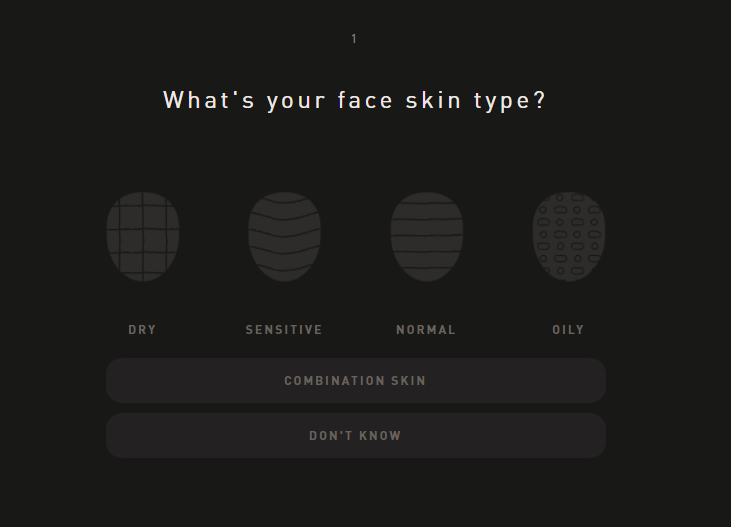
A masterclass in understanding your audience, Hawthorne is an ecommerce site that provides a wealth of personal care products. Mostly known for its fragrances, Hawthorne kicks off its customer experience with an interactive quiz. It’s the first major tab of its website and the primary focus of many marketing campaigns, the likes of which are often heard on podcasts geared to young adults.
It’s a fun way for customers to find the right product for them. In fact, the result feels like a custom fit.
Engagement goes beyond the purchasing process with feedback solicitation. The difference with their approach to feedback? The company states it will replace any products, for free, if they do not match the customers’ standards.
Hawthorne’s brand engagement strategy manages to blend benefits to both customers and the company, making them a great customer-friendly example.
The Paramount Sonic Movie
The tale of the 2020 Sonic the Hedgehog movie is a lesson in humility, foresights, and embracing feedback. Even before anyone had a first proper glimpse of the film, the internet was populated with overwhelming negativity about the movie. More accurately, complaints arose about the design of Sonic himself. Criticism was sparked with the release of a mere silhouette of the character (disturbingly shredded calves and all) and exploded with the first trailer reveal.
The internet’s voice came across loud and clear—it was one of shock, horror, confusion, and mockery. Film director Jeff Fowler took to Twitter to announce that the team would take the titular character’s design back to the drawing board.
This customer engagement reaches beyond the movie’s primary audience, as Paramount and Sega swallowed their pride in a most humble way. They turned to an established artist to redesign Sonic—one of their biggest critics who had famously created a parody comic of the hedgehog.
It’s hard to argue that these decisions didn’t pay off, given that the film made over $300 million in profits and became the highest-grossing video game film adaptation of all time in North America.
Honey – Joinhoney.com
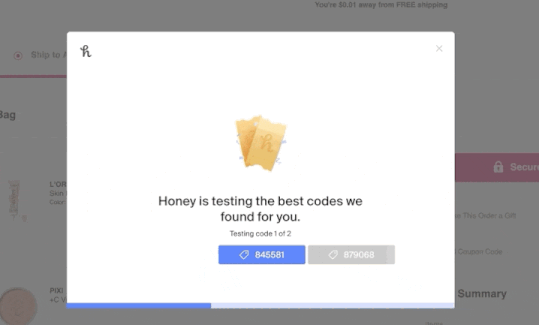
Sometimes, the greatest customer engagement programs work so seamlessly that they’re designed to simply work in the background. Take, for example, the online coupon finder Honey. Honey offers itself as an add-on to browsers, essentially becoming an accompaniment to any website you visit.
Its prime selling point of finding discount codes for the customer makes it a tantalizing prospect for virtually everyone. Best of all, it’s free.
If nothing else, Honey teaches a valuable lesson about how ecommerce sites can improve website customer experiences. Currently boasting 17 million users, it’s plain to see that customers enjoy Honey’s seamless integration with their own online shopping experiences.
Developing Customer Engagement Strategy Methods
A good customer engagement strategy ultimately aims to improve relationships with customers. This can include increasing the number of customers, conversion rates, or retention rates.
To do so, consider methods of improving your brand and customer engagement simultaneously.
Gamification
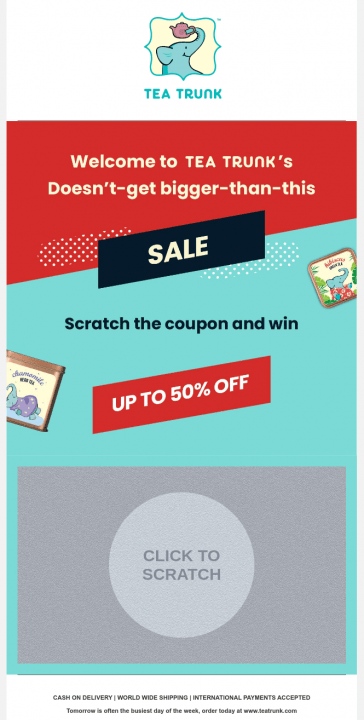
Any brand can send emails or engage in conventional marketing, but those that want to go the extra mile should ponder ways to add some fun to the marketing experience. Gamification is a fantastic way to playfully engage with your audience.
Gamification can take on a variety of forms, such as a scratchcard or “wheel of fortune” mechanism. The goal of gamification is to produce joyful marketing interactions, leading to engagement that is more organic-feeling and rewarding.
This technique provides customers with something that they want. It could be a deal or even a free gift. It’s certainly worth the effort, given that gamification can lead to 74% higher engagement.
Personalized Content
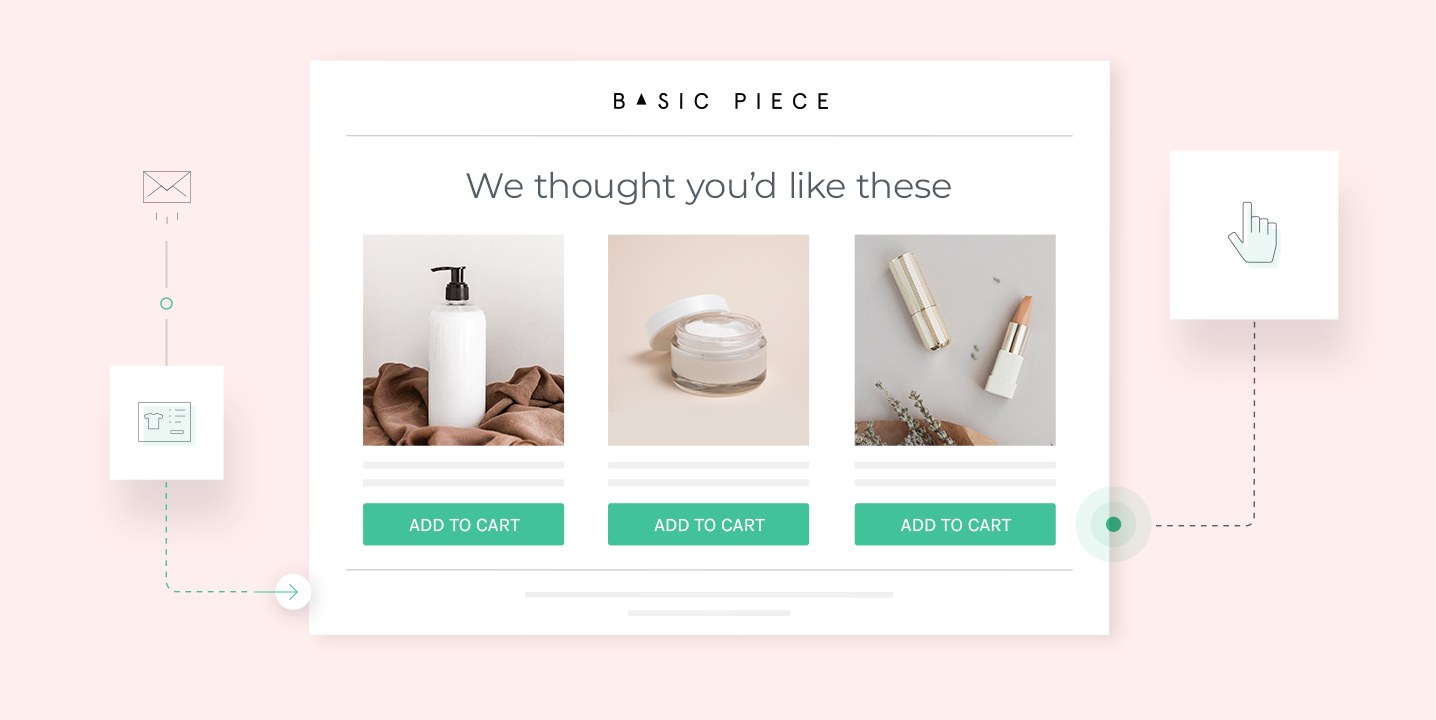
Naturally, personalized content can extend to engaging with customers when selling to them. Creating relevant product recommendations also engages with your audience as it helps them find other products that they’re likely to want.
You can gently nudge customers at almost any point during their journey on your website. For example, at the top or the bottom of the page of your home page.
You can also use ‘recommended products’ in category pages, or pursue cross-selling opportunities on individual product pages themselves. Either of these options show your customers that you understand what they’re looking for, with accompanying products that can improve or pair well with their primary purchase.
Loyalty Systems
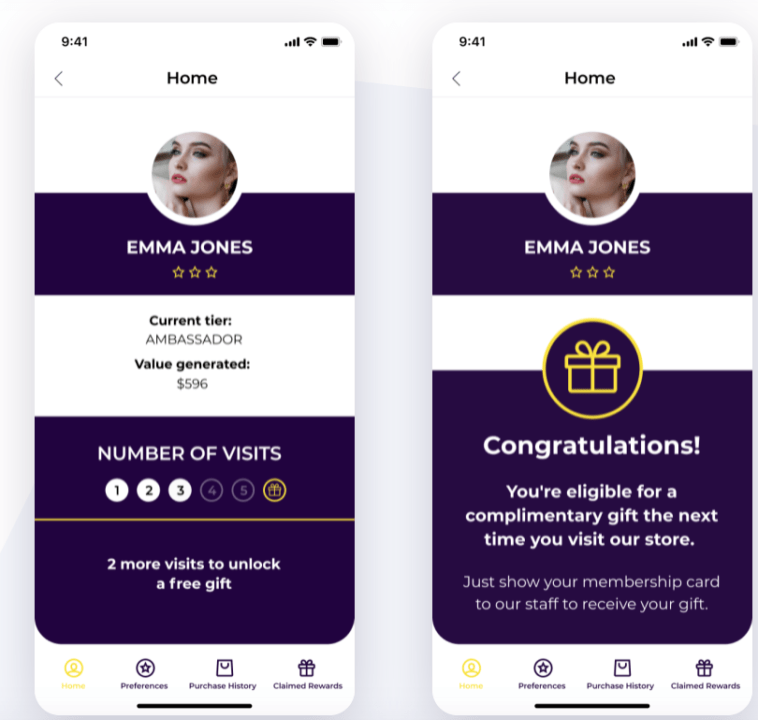
Brand loyalty is vital to any marketing strategy. Customer loyalty programs are proven to boost sales while you remain in customers’ good graces.
One prime example of rewarding your customers is by offering a loyalty points system. This involves assigning points to specific interactions, such as creating an account with your website or making purchases, and then providing incentives for using those points. This can include discounts on purchases or free gifts.
Another great way to improve customer loyalty and conduct some great customer engagement is with unforgettable experiences. Whether it’s the brand packaging or something you send to your customers, unboxing experiences reinforce your brand and make it memorable.
Request Feedback
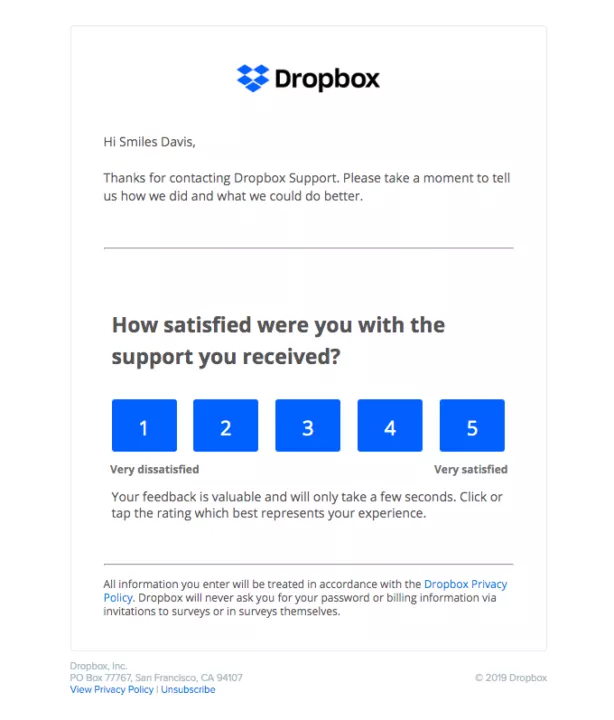
One of the best ways to obtain feedback is to dedicate a space solely designed as a listening center. This includes specific pages on your website or mentions in your emails for feedback—the raves plus the complaints. Even if a complaint is delivered in a sour tone, it is what you need to improve.
Better yet, tell your customers when you have improved your website or service because of their feedback. Write about it on your blog, spread it on social media, and get the word out about your new improvements. Both your customers and potential customers will see not only the fruits of your labor, but understand that you’re willing to adapt to what they want.
Learn from Others
Never settle for your current level of customer engagement. Always strive to improve—this is where the likes of conferences and summits come into play. There will always be places, whether physical or digitally based, that act as gathering spots for company and brand improvement.
Alternatively, bring the learning to you by inviting an industry specialist to speak to your employees.
How to Engage with Customers
Once you understand that engaging with customers isn’t strictly about selling them products or services, you can consider the best means for establishing a connection.
Here are vehicles for bringing your customer engagement strategy to life.
Utilize Omnichannel Marketing
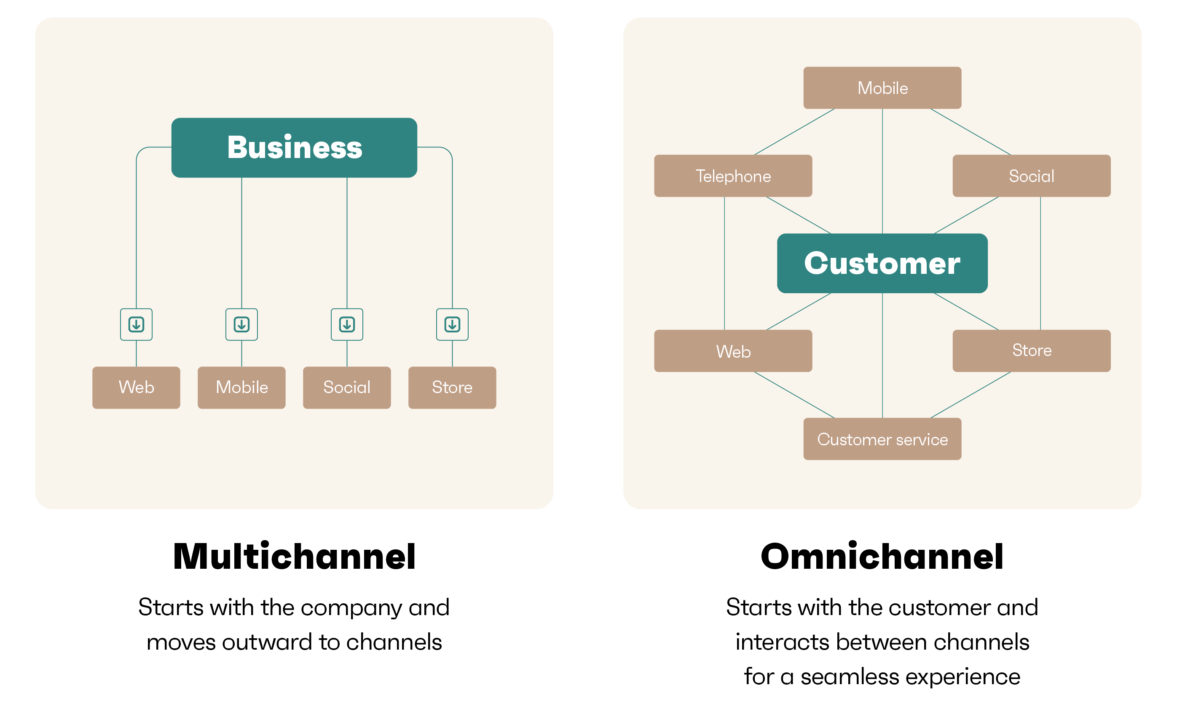
While engaging with omnichannel marketing, you should always strive to put your best foot forward. Positive messaging and open communication helps here, with a vital part of omnichannel marketing being the ever-important welcome email.
You should always check if you have missed any opportunities with omnichannel marketing. Other than email marketing, making sure you have lines of communication with your audience is the key to customer engagement. This can range from the aforementioned social media to having live chat available on your website.
The purpose of omnichannel marketing is to answer the question: “how can we enhance the customer’s experience?” This is true whether it’s strictly a shopping experience, if you’re trying to cater to your customers everywhere, or if you’re aiming to improve the experience in real-time.
Make Good Use of Social Media
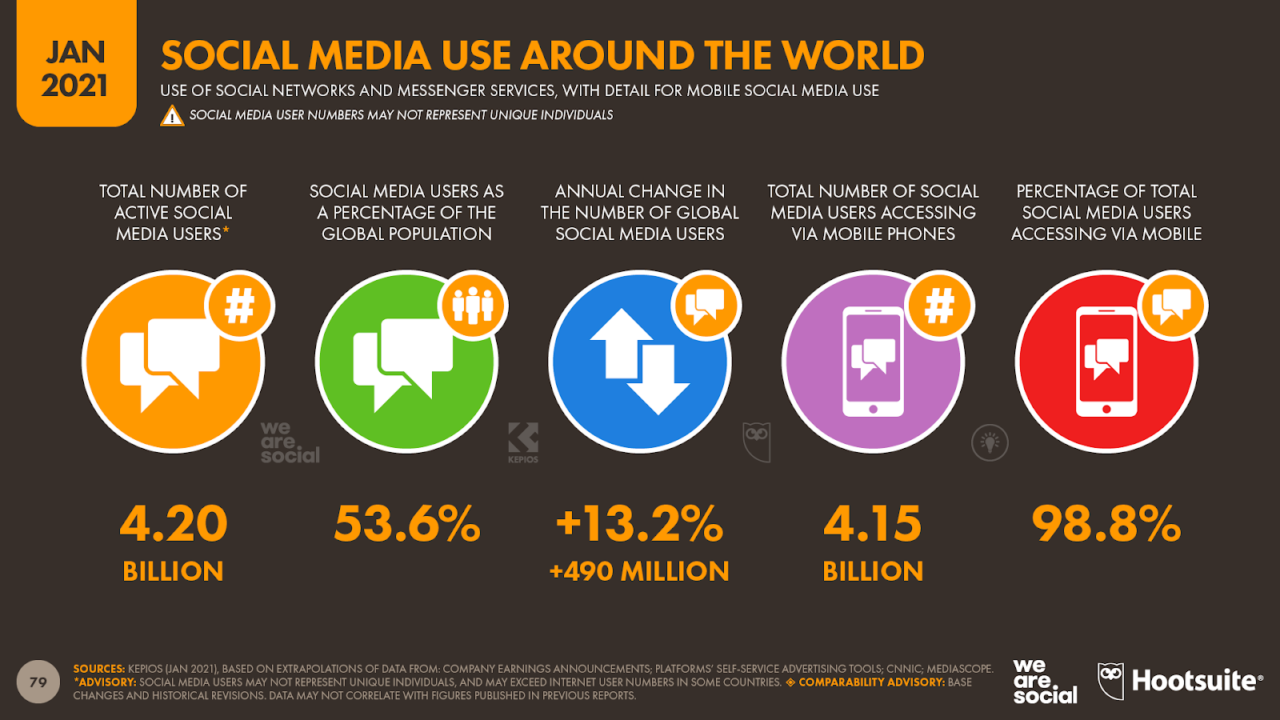
Engaging with customers over social media and listening to feedback improves your brand. To succeed, you need to have your finger firmly on the pulse. Reports show that over half of the world population uses social media.
To truly make the most of audience engagement, you need to understand where they are. Is it Facebook? Instagram? Some other social channel? A little research on your competition can help if you’re unsure where to begin.
No matter which networks you decide on, don’t just connect. The power is in engaging with customers.
Open the lines of communication by engaging with those that interact with your posts or page. You have a direct way to promptly reply to questions while boosting your brand image.
This isn’t to say that it’s wise to start creating memes and retweeting everything your customers say with one of your hashtags. Always understand your audience and the purpose of your engagement with them. For example, an ecommerce store that focuses on selling books can share stories of new best-sellers and talk about big sales on social media. However, it wouldn’t make sense for them to start sharing stories about general marketing or other industries.
Another way to engage customers on social media is through advertising. It’s worth considering what tools can be used to target specific customers. Omnisend features ways to seamlessly retarget social media ads, including Facebook and Instagram. This is one of the best ways to maximize advertising to a business’ audiences.
Stay in Touch with Your VIPs
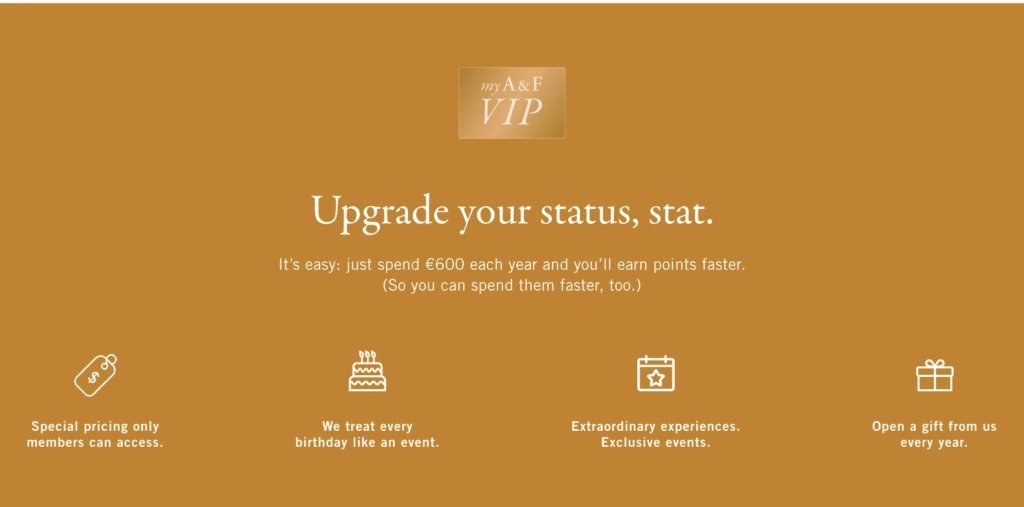
Showing that you value the customer who values you isn’t just a great move for brand awareness, it’s also a way of elevating the status of your “very important” customers. The VIP treatment can mean special promotions offered only to this special group, products made strictly available to them, or invitations to exclusive events.
VIP customers don’t necessarily mean solely the high-spenders. Your VIPs are often your long-timers who buy from you frequently.
VIP customers can be considered one of the following, or both:
- Community-based: those who promote your brand
- Liberal-based: those who spend more and do so more frequently
It’s knowing how to approach each type that can make a difference—and even convert one or the other into a member of both VIP types.
For example, the community-based customers will likely respond more positively to unique experiences or publicly engaging with them. The liberal-based will likely respond more positively to specific promotions or unique items.
However you decide to approach these customers, ensure them that you value them. Be sure you know how to communicate with them specifically as well. For example, use smart segmentation when you’re reaching out to them.
Focus on the ‘Free’

“Free” comes in varying shapes, depending on what you sell.
If you’re offering a service, implement a free trial model. It’s worth remembering that even if a customer has only signed up for a free trial, they’re still a customer. They are able to get a feeling for how your product benefits them.
If you’re selling products, consider what you can give away. This can take many forms and comes with their own costs and benefits.
A common business-friendly choice is a free gift with purchase. This can be a product the customers wants but costs less than the item they bought. Appropriately pairing the right gift makes it clear that you understand your customers, target audience, or industry. For example, a chef’s knife set could qualify a customer to earn a free knife sharpener. The sharpener is a useful add-on that helps the customer make the most out of the primary product.
On the other hand, a great customer engagement choice is to simply offer a product for free. This method is about bringing customers in and engaging with existing buyers. The concept of receiving something for free, and only paying shipping and handling, is a long-standing hook.
Never Leave Them Hanging
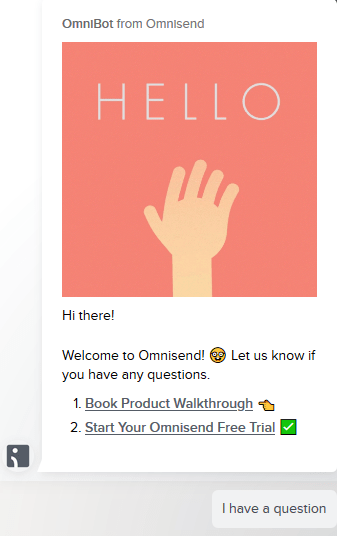
Nothing kills faith in a brand or company faster than being ignored. Customers who reach out with inquiries want and even expect a prompt response.
This isn’t to say that you need to respond to a customer within seconds. Instead, priority should be placed on answering questions and addressing issues as quickly as possible. All the better if your response times are lower than that of competitors.
Aside from phone calls or emails, there are two major methods for responding swiftly—live chat and social media.
Live chat capabilities really hit the nail on the head when it comes to prompt replies. Some businesses find that live chat is 400% less expensive than phone support. Further, 43% of businesses report phone call volumes greatly decreased after introducing live chat.
Wrap Up
No matter your audience or industry, understanding how to engage effectively with your customers helps catapult you from a standard business to a beloved brand.
Omnisend’s services and features help you build and maintain great customer engagement in various ways, with different channels for reaching your audience, new avenues for targeting customers with marketing campaigns, and tools for improving customer experience processes on your website.